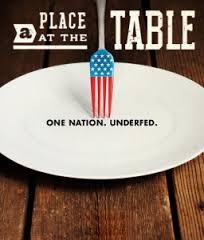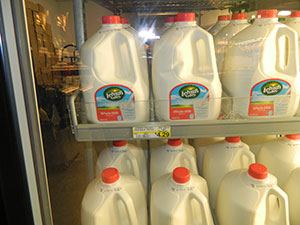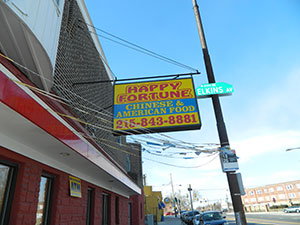Before 2008 the area surrounding La Salle University was considered one of the largest food deserts in the city of Philadelphia. A food desert is a place where there is no easy access to a grocery store. In 2008 the University built the Shoppes at La Salle. In this shopping center a Fresh Grocer was built helping to limit the size of the food desert. Now in 2013 Fresh Grocer and La Salle are again teaming up to bring better nutrition to the area.
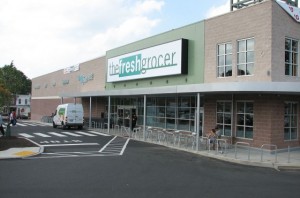
Next school year La Salle and Fresh Grocer are moving forward with the Exploring Nutrition program. The planning of this initiative started this year but will completely launch in the fall. So far the University and Fresh Grocer have done research on nutrition in the surrounding area and have also helped with local food drives.
One of the food drives was the Easter food drive held at the Fresh Grocer. For this food drive the Fresh Grocer collected and stored the food until La Salle could distribute the supplies to those who needed it. Another drive was held at Mount Airy Church of God in Christ. Mount Airy is a local church and hands out food monthly to the community. This year around Easter La Salle helped supply Mount Airy with food. Without La Salle Mount Airy mostly depends on supplies given from the government so the church was incredibly grateful for La Salle’s help.
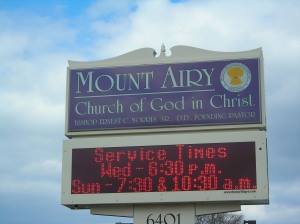
The hardest thing to imagine was that there are people in the area that need charitable donations monthly. People running the food drive at Mount Airy even said that sometimes people need to receive food weekly, that food stamps only go so far. This reinforces what the movie “A Place at the Table” was stating. People can rarely live off food stamps, and charity only goes so far, there needs to be other alternatives to help people in need.
If someone can barely afford to feed themselves how can one expect to be concerned with nutrition? In the 19144 zip code, La Salle and the area surrounding it, there was a seven percent increase in obesity based on poverty. This meant 40.6% of people who live in poverty in 19144 are obese. Clearly there is at least a small correlation between poverty and obesity. And if adults cannot afford to feed themselves how are they supposed to teach their children healthy eating habits?
|
|||||||||||||
|
|||||||||||||||||||||||
These are the problems Exploring Nutrition needs to tackle. And one of the ways to do that is through food drives but also through education. Ann Henstenburg and Dana Palermo are both doing research on nutrition in the area. They taught a class to people in the local community and found that by teaching proper nutrition the citizens started to eat healthier and some of them even lost weight. If this approach can work with adults it should work with children. One of Exploring Nutrition’s plans is to help provide healthier lunches in the school, and hopefully this will lead to classes for children on nutrients and proper portion size.
Another problem also mention by “A Place at the Table” is the cost of healthy food. It is much cheaper, and more filling to get three hundred calories in junk food than it is in healthy food. This problem is more of a corporate problem than a local one. “A Place at the Table” mentions how the farm lobbies are incredibly strong and grow mostly corn, soy, and wheat, which are used to make processed foods. So it is hard for owners of vegetable and fruit farms to compete. This is also hard for places like Fresh Grocer because they want to help increase healthy nutrition but they also need to stay competitive. So they cannot lower their prices just for the needs of the community. They also have a duty to provide their customers with all options.
The movie above explained everything the Fresh Grocer has done for the community. The different food drives, the upstairs meeting area, even something as simple as staying open and helping people buy proper nutrition. Without this store the area surrounding La Salle would still be a food desert. Hopefully with Exploring Nutrition, La Salle and the Fresh Grocer can take things one step further and have the area not only be a former food desert, but also be an area where obesity is no longer a problem.

